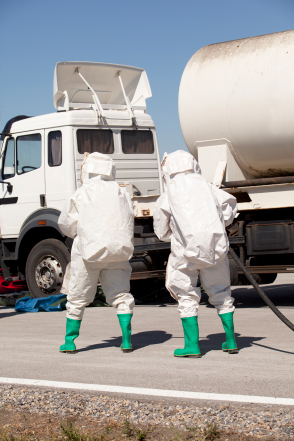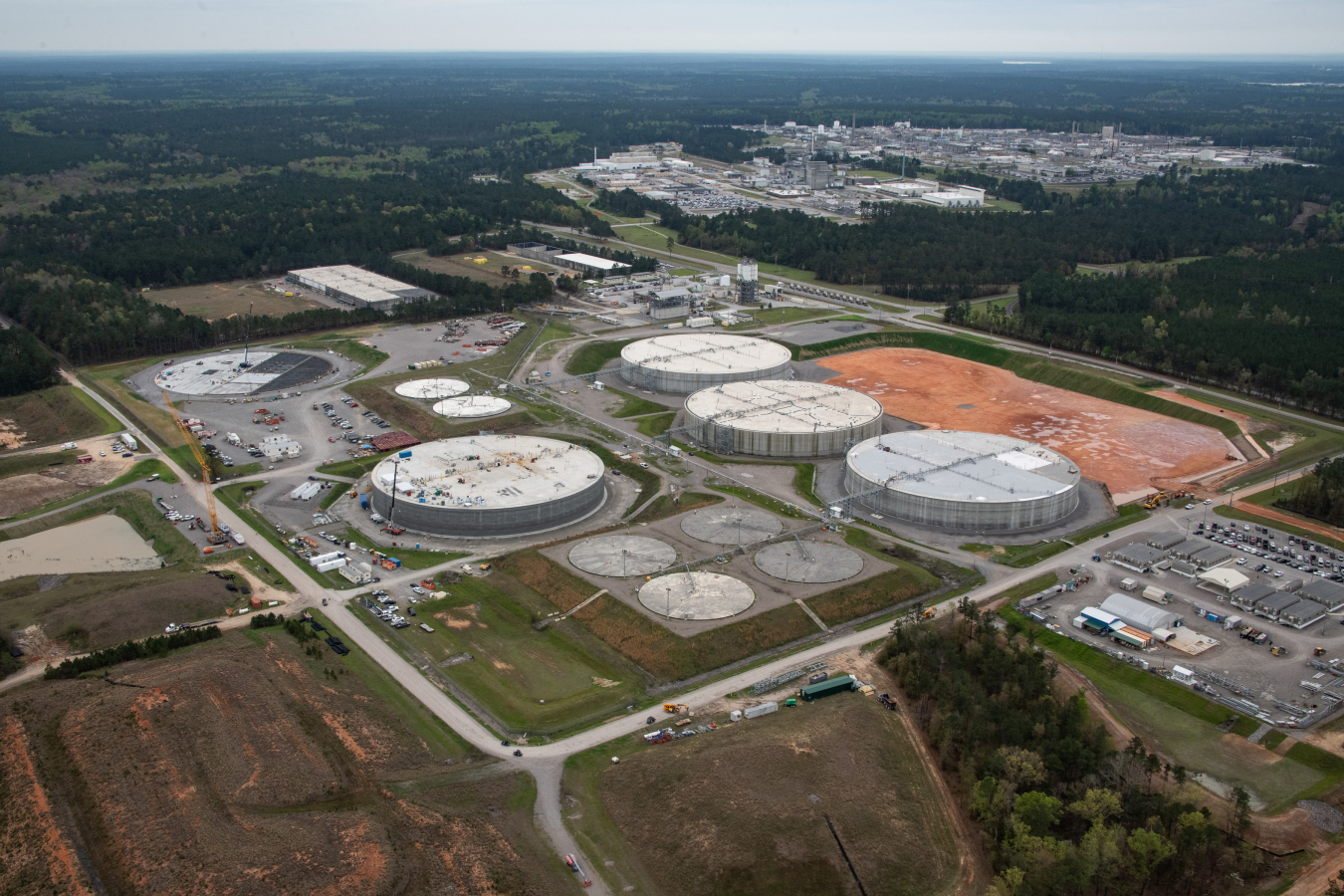Recognizing the Comprehensive Process of Fluid Garbage Disposal: Best Practices and Environmental Influence Factors To Consider
The administration of liquid garbage disposal is a diverse problem that calls for an extensive understanding of different ideal practices and their associated environmental influences. From the kinds of liquid waste generated to the methods used for collection, therapy, and last disposal, each action plays a vital function in safeguarding ecological communities and public wellness. As governing requirements develop and technology developments, the discussion around these processes becomes significantly relevant. What ramifications do these changes hold for future sustainability initiatives, and just how can stakeholders make certain that they are effectively attended to?
Kinds of Liquid Waste
Understanding the various sorts of fluid waste is vital for reliable administration and disposal methods. Fluid waste can be broadly classified right into numerous types, each needing one-of-a-kind handling and treatment strategies.
Industrial liquid waste typically has harmful products, including heavy steels, solvents, and chemicals, created throughout manufacturing processes. These wastes demand stringent governing conformity to protect human wellness and the environment. Domestic fluid waste largely refers to wastewater created from homes, including sewage and greywater, which, although less hazardous, can still posture considerable risks if poorly handled.
Agricultural fluid waste, consisting of drainage from ranches, frequently includes plant foods and pesticides that can lead to environmental deterioration otherwise treated sufficiently. Clinical fluid waste, created from medical care centers, includes contaminated liquids such as physical liquids and chemicals, needing specialized disposal techniques to avoid infection and ecological contamination.
Last but not least, oil and grease waste, usually created by dining establishments and automobile markets, can trigger severe blockages in sewage system systems if not taken care of effectively. Recognizing these classifications facilitates targeted approaches for therapy, compliance with policies, and reliable disposal techniques, eventually promoting ecological sustainability and public health security.

Collection Methods
Reliable collection techniques are essential for the proper monitoring of fluid waste, ensuring that it is collected safely and efficiently prior to treatment or disposal. Numerous techniques are utilized relying on the kind of fluid waste generated, the volume, and the details attributes of the waste.
One common approach is making use of devoted collection containers or sumps, which are developed to record fluid waste at the resource. These systems typically incorporate pumps that promote the transfer of waste to bigger storage containers or treatment centers. Additionally, mobile collection units outfitted with vacuum modern technology are employed in situations where waste is created intermittently or in hard-to-reach areas.
For commercial settings, closed-loop systems can successfully minimize spills and leakages, permitting the recovery and reuse of fluid waste. It is also necessary to educate employees on correct collection protocols to reduce dangers related to hazardous substances.
In addition, carrying out normal maintenance schedules for collection devices ensures ideal efficiency and safety and security. The assimilation of advanced tracking systems can improve collection performance by giving real-time information on waste levels and possible threats. Overall, reliable collection techniques are foundational to sustainable fluid waste monitoring methods.
Treatment Processes
Treatment processes play an important function in the administration of liquid waste, transforming possibly hazardous products right into multiple-use sources or risk-free effluents - liquid waste disposal. These processes can be broadly categorized into physical, chemical, and organic techniques, each tailored to address specific contaminants existing in the waste stream
Physical treatment methods, such as sedimentation and filtration, job by getting rid of put on hold solids and particle issue. These methods are commonly the first action in the therapy chain, successfully minimizing the load on succeeding procedures. Chemical treatments involve making use of reagents to counteract hazardous substances, speed up hefty metals, or oxidize natural toxins, thus enhancing the safety and security of the effluent.
Organic treatment procedures, including turned on sludge systems and anaerobic digestion, profit from the natural capacities of bacteria to weaken raw material. These approaches are specifically effective for wastewater having naturally degradable toxins. Advanced treatment modern technologies, such as membrane filtering and progressed oxidation processes, are significantly employed to accomplish greater degrees of purification.
Integrating a mix of these treatment methods not just makes sure conformity with governing standards but additionally promotes ecological sustainability by recuperating important sources from liquid waste.
Disposal Options
Just how can companies ensure the secure and liable disposal of fluid waste? Effective disposal alternatives are essential for protecting public health and wellness and the setting. The key techniques include land disposal, therapy, and incineration followed by discharge right into community wastewater systems.
Land disposal includes the cautious containment of liquid waste in designated garbage dumps, making certain that it does not seep right into surrounding dirt or water. Incineration, on the various other hand, subjects liquid waste to heats, transforming it right into ash and gases, which call for correct purification to decrease exhausts. This technique appropriates for contaminateds materials that can not be treated with conventional means.
In cases where fluid waste can be dealt with, companies might opt for biological or chemical therapy procedures to counteract unsafe parts prior to releasing the dealt with effluent into municipal systems. This course generally aligns with governing demands, making sure that the effluent meets security standards.
Inevitably, organizations must perform comprehensive assessments of each disposal option to identify its viability, considering variables such as waste structure, regulatory conformity, and possible dangers to health and the environment. By choosing appropriate disposal approaches, services can contribute to an accountable waste management method.
Environmental Impact
The ecological impact of liquid garbage disposal is a critical consideration for organizations looking for to Homepage reduce their ecological impact. Improper disposal approaches can lead to substantial contamination of water sources, dirt deterioration, and negative effects on regional communities. As an example, unsafe liquids can seep into groundwater, presenting dangers to drinking water supplies and water life. In addition, the discharge of untreated or inadequately treated waste right into surface waters can lead to eutrophication, bring about oxygen exhaustion and the subsequent death of fish and other microorganisms.

To mitigate these impacts, companies have to take on ideal techniques such as applying extensive waste treatment processes, advertising recycling and reuse, and sticking to governing requirements. By taking a positive method to liquid waste management, entities can significantly reduce their ecological footprint while supporting lasting growth goals. Inevitably, a comprehensive understanding of the ecological effects connected with liquid garbage disposal is essential for educated decision-making and accountable stewardship of natural sources.
Conclusion
Efficient management of fluid waste is essential for safeguarding ecological honesty and public health and wellness. By adopting ideal methods in disposal, therapy, and collection, alongside adherence to regulatory criteria, the potential for harmful contamination of environments can be significantly reduced. Constant advancements in innovation and procedures add to sustainable waste monitoring initiatives. Eventually, a thorough understanding of fluid waste disposal not just mitigates ecological effects but likewise cultivates a commitment to liable source management and ecological stewardship.
The management of liquid waste disposal is a diverse problem that needs a complete understanding of various best practices and their connected ecological influences. From the kinds of fluid waste created to the methods used for collection, treatment, and final disposal, each step plays an essential duty in safeguarding ecosystems and public health and wellness.The ecological effect of liquid waste disposal is an important factor to consider for companies looking for to decrease their eco-friendly footprint. Inevitably, a thorough understanding of the ecological effects connected with liquid waste disposal is vital for notified decision-making and more helpful hints accountable stewardship of natural sources.
Ultimately, a detailed understanding of fluid waste disposal not only minimizes environmental impacts but also cultivates a dedication to accountable resource management and ecological stewardship.
Comments on “Industrial Wastewater Treatment: Customized Solutions for Complicated Wastewater Challenges”